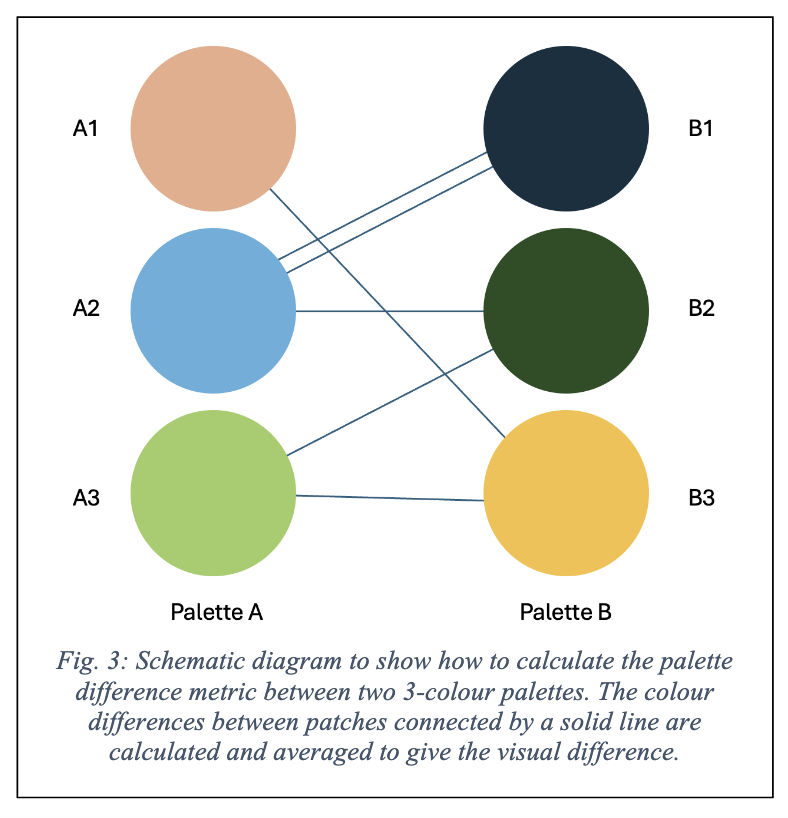Automated Colour Analysis Co-piloting Tool for Design
Keywords:
Colour analysis, Colour forecasting, Moodboards, Co-piloting, Artificial intelligenceAbstract
Developments in technology and changes to the way that goods can be manufactured are giving birth to more rapid and agile manufacturing methods and supply chains. The need for more rapid responses coupled with the increasing amount of data (particularly images) that often need to be considered for creative design processes (including colour trend forecasting) is putting pressure on creative people in the field. One solution to this problem to use evolving AI and machine-learning methods to automate parts of the creative process that would otherwise be burdensome; if these parts of the creative process are automated it allows more time to be spent doing the more creative aspects of the work that cannot be automated. Retaining human control of key creative aspects of the process can allow the final design solutions to remain personalised. The use of this sort of co-piloting between human and AI may enhance the trustworthiness of design solutions. In this work methods to automatically extract colour palettes from mood boards are investigated. In the first study, 12 digital mood boards were generated and each of 24 participants (12 experts and 12 nonexperts) were asked to select 6 colours to represent each moodboard. Several machine-learning methods (based on clustering) were implemented to automatically extract 6 colours from each moodboard and the machine palettes were compared with the human-generated palettes using a palette-difference metric. In a second study, 19 nonexperts were shown the expert-generated palettes and an imposter machine-generated palette for each mood board and asked whether they could detect the odd-one out. It was found that observers could reliably detect the machine-generated palette as being different to the human-generated ones.





